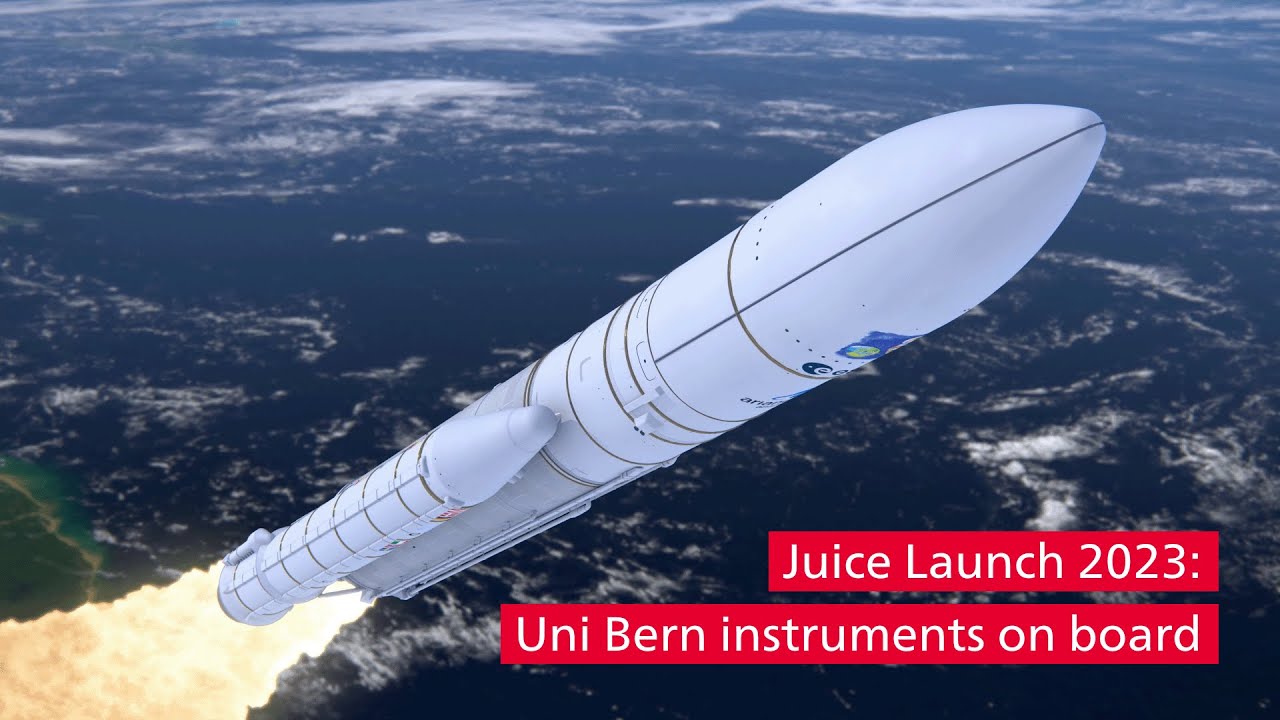Space Research
Challenges on the way to Jupiter
Peter Wurz, Nicolas Thomas and Axel Murk have all been involved in the ESA mission Juice from the very beginning. For uniAKTUELL, they look back and talk about the challenges they have already encountered on the way to the largest planet in the solar system and those that still await them.
These days, three men in Bern are looking eagerly towards Kourou in French Guiana: this is where the European spaceport is located, from where the European Space Agency's (ESA) space probe Juice (Jupiter ICy moons Explorer) will begin its journey to Jupiter on board an ARIANE 5 rocket on Thursday, 13 April 2023 at 2:15 pm. On board are ten space instruments that will study the largest planet in our solar system and three of its moons after a journey of about eight years.
The three men are Peter Wurz, Nicolas Thomas and Axel Murk, who are involved in instruments that will soon fly to Jupiter with Juice. The University of Bern is contributing the mass spectrometer NIM to the Juice mission and is involved in two other instruments: The Submillimeter Wave Instrument SWI and the Laser Altimeter GALA.
Of money and cosmic radiation
In March 2007, ESA had issued a call for mission proposals for its space mission program "Cosmic Vision 2015-2025". One of the proposals selected for further consideration was LAPLACE, a mission to Jupiter. In cooperation with NASA, LAPLACE was first developed into a mission concept known as EJSM (Europa-Jupiter System Mission) and, building on this, was finally elaborated by ESA into the Juice space mission.
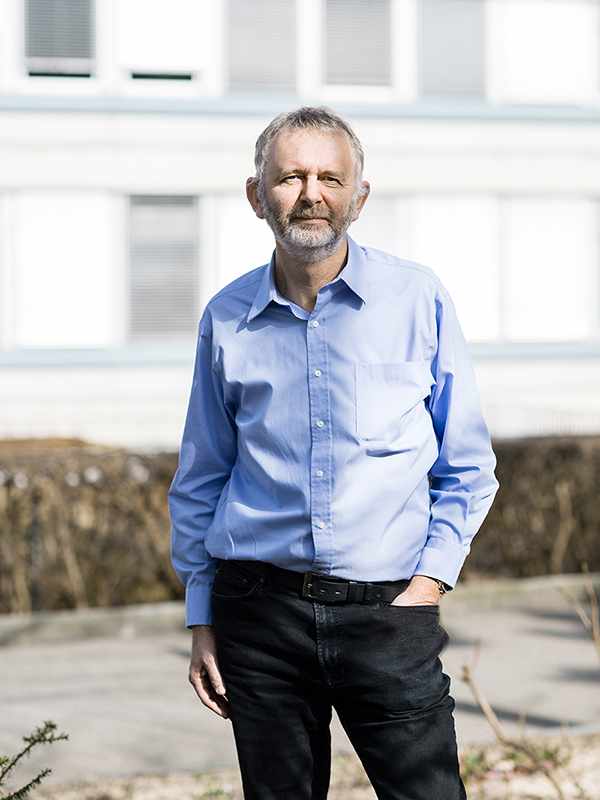
In 2009, Nicolas Thomas was chairman of ESA's "Solar System Working Group" and was thus involved in the mission concept to Jupiter from an early stage. Today, Thomas is the director of the National Centre of Competence in Research NCCR PlanetS, which the University of Bern leads together with the University of Geneva. And under his leadership at the University of Bern, the so-called 'Range Finder Module' for the GALA laser altimeter on board Juice was developed, which will investigate the surface topography and the inner structure of Jupiter's moon Ganymede.
Thomas explains: "The outer solar system contains a large amount of information about the origin and evolution of our solar system as a whole. This is the main reason why both ESA and NASA are currently focusing on objects like Jupiter and its moons." According to the researcher, the investigation of water and water ice on icy moons such as Europa and Ganymede will also give us a better understanding of the role of water in places where life could have emerged and existed in the longer term – in our solar system and beyond.
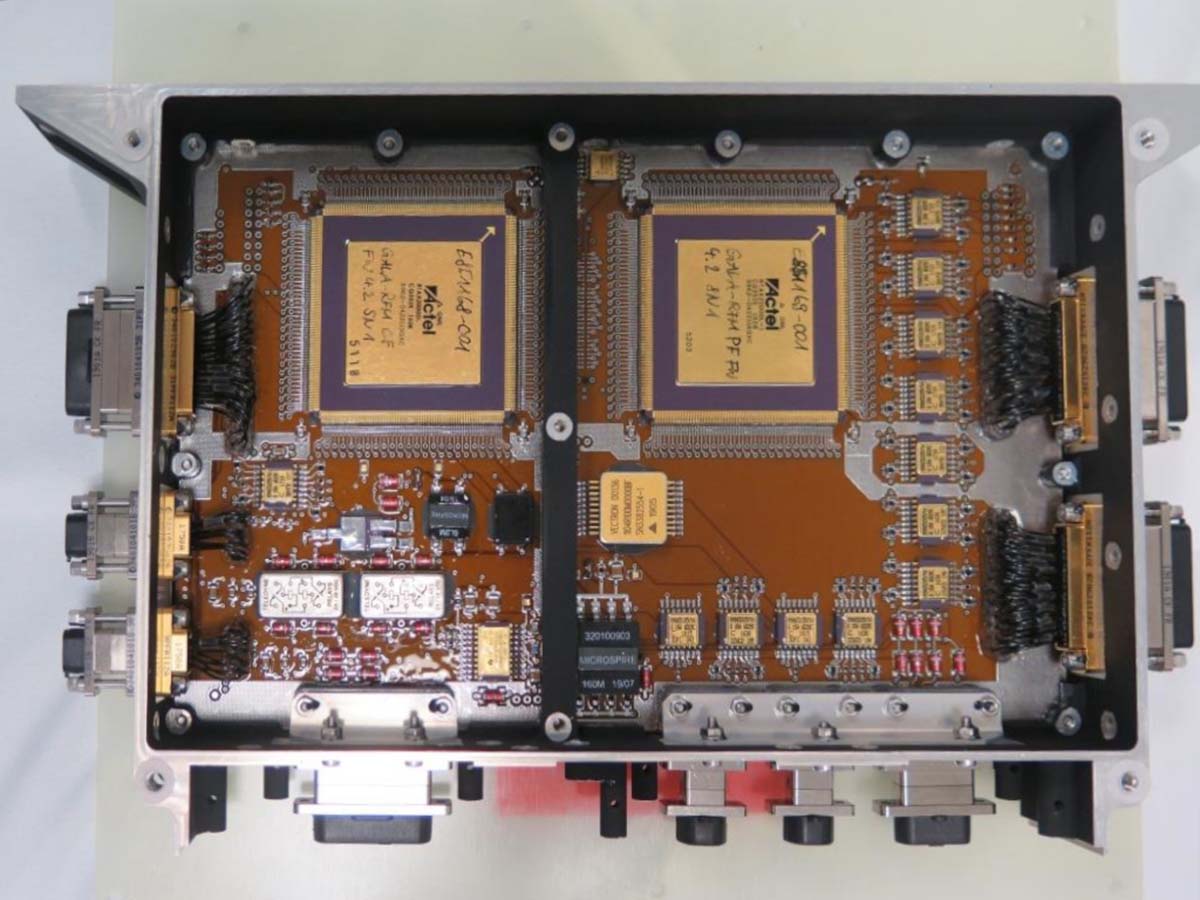
One of the biggest obstacles that had to be overcome was the financing of GALA. "After more than a year, however, our German project partner finally managed to secure the funding," says Thomas. In his view, the biggest challenge on the journey to Jupiter is "quite clearly cosmic radiation! Electronic components don't like being exposed to radiation in space."
Of low temperatures and many measuring cycles
Axel Murk, who today heads the Department of Microwave Physics at the Institute of Applied Physics at the University of Bern, has also been involved in the Juice mission concept since 2009. Under his leadership, the optics and calibration unit for the Submillimetre Wave Instrument (SWI) were developed. "The SWI will measure the thermal radiation from Jupiter's atmosphere, with which the chemical composition, the temperature distribution and wind speeds in Jupiter's atmosphere can be determined", as Murk explains.

"Originally, NASA was supposed to participate in the Submillimetre Wave Instrument," Murk says. However, NASA cut the funds earmarked for it and the instrument had to be developed without the US partners.
However, funding issues were not the only challenge for Murk either. "Our instrument contains several moving components that still have to work precisely at the low temperatures in the Jupiter system and during many measurement cycles. This is essential for the correct viewing direction and calibration of the instrument. The lifetime of these mechanisms is a big challenge under the environmental conditions of the mission," Murk explains.
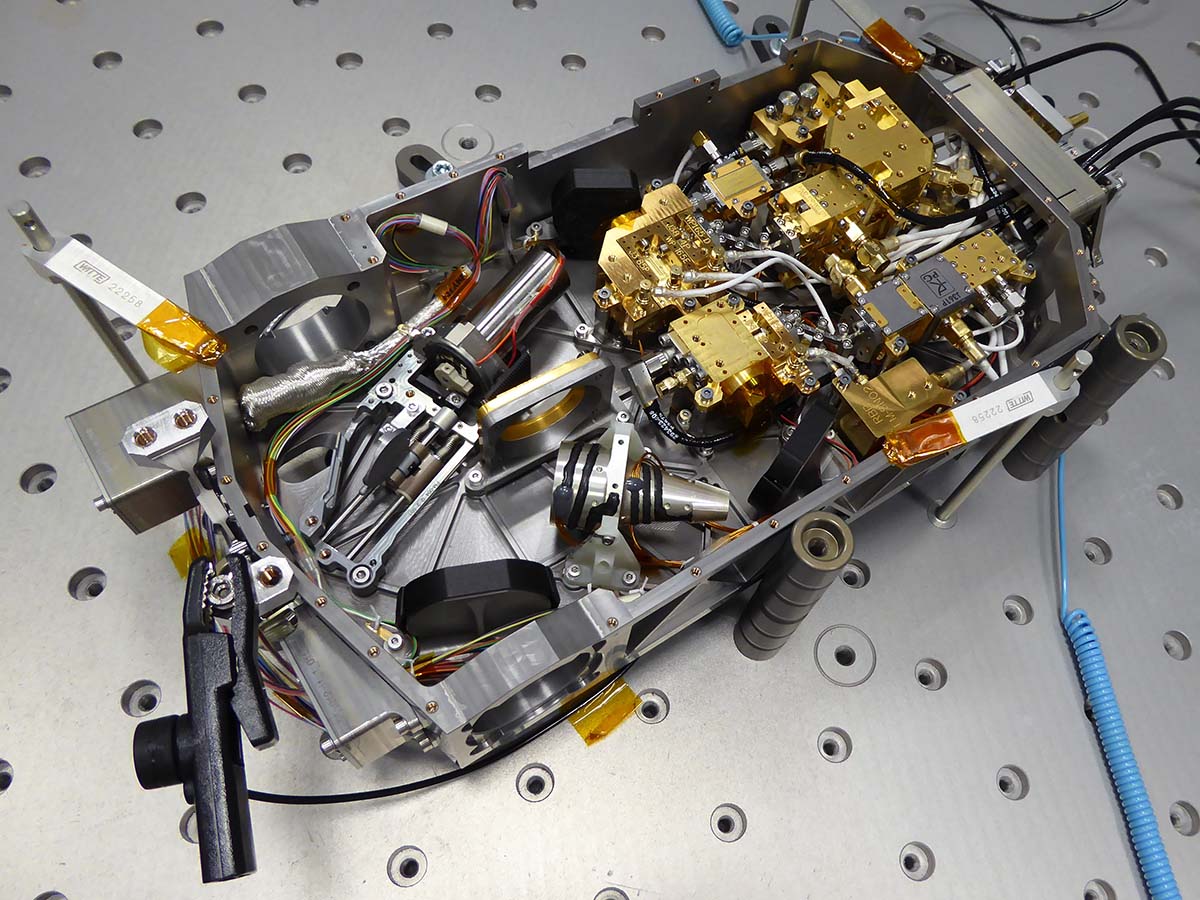
Of complex requirements and risky flybys of planets
Also involved since the early days of the Jupiter mission's design phase is Peter Wurz, current Director of the Institute of Physics. He is the Co-Principal Investigator of the PEP experiment, which consists of six mass spectrometers, which will precisely measure Jupiter's moons. Wurz also led the development of the NIM instrument, which is part of PEP. NIM was not only developed at the University of Bern, but was also built and tested here.
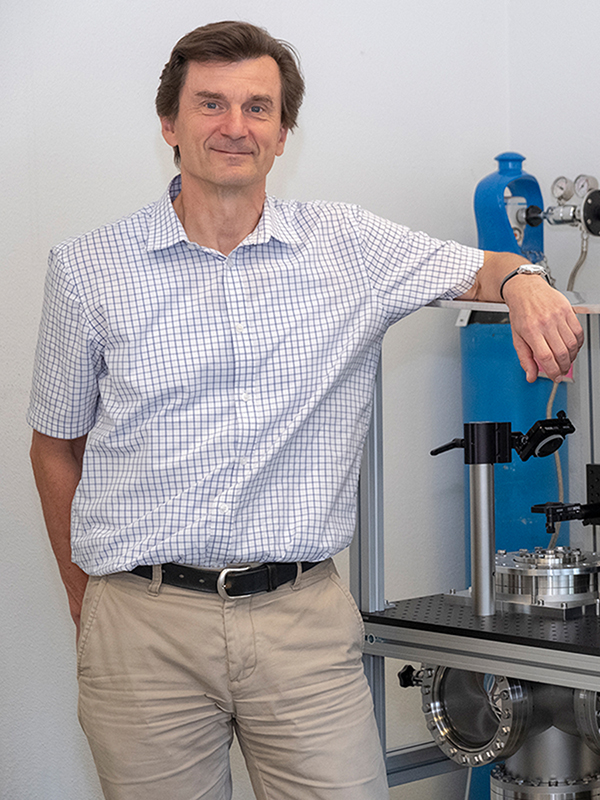
Asked about the biggest challenge in the project, Wurz says: "The complexity of NIM was challenging: on the one hand, the instrument has to be small and light and consume little power, but on the other hand, it has to deliver high performance in order to achieve the scientific goals and survive the high radiation environment in Jupiter's orbit. Many things had to be developed and tested specifically for this mission.”
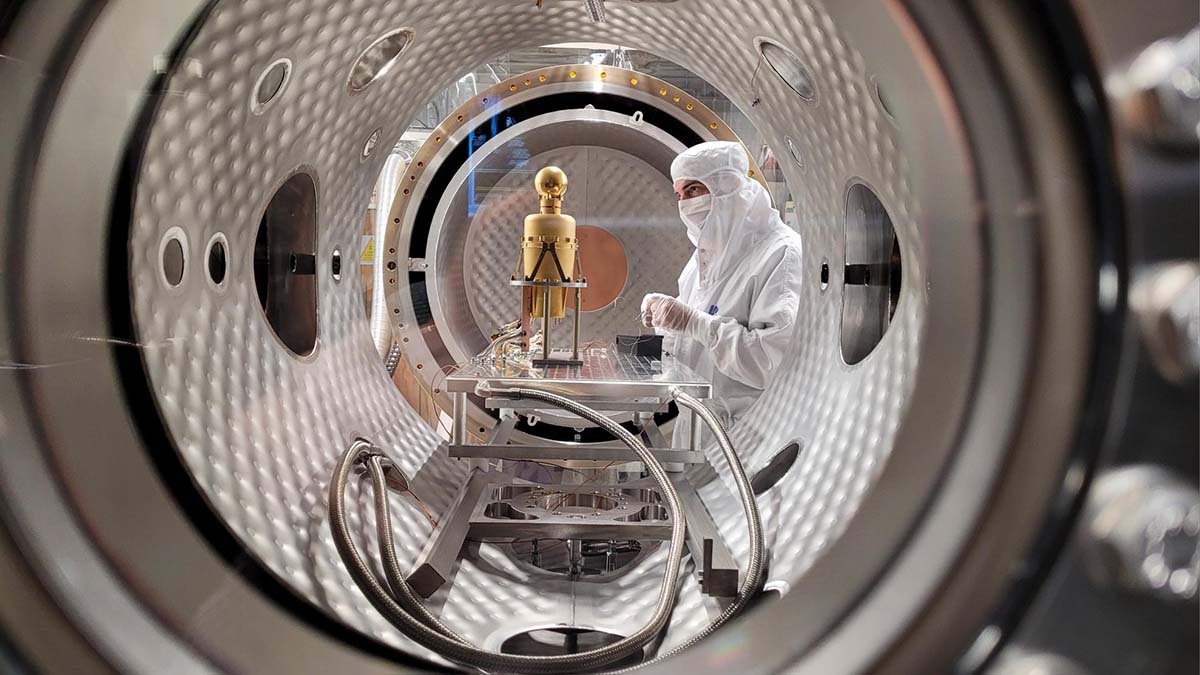
International cooperation is also complex: because space instruments are technologically advanced, often not all the expertise is available at a single institution. Wurz says: "You form international teams to which each partner institution contributes its respective expertise and in which you can share the costs of developing such an instrument."
The online magazine of the University of Bern

Subscribe to the uniAKTUELL newsletter
The University of Bern conducts cutting-edge research on topics that concern us as a society and shape our future. In uniAKTUELL we show selected examples and introduce you to the people behind them – gripping, multimedia and free of charge.
And what are the difficulties on the way to Jupiter? "To gain momentum on its way to Jupiter, Juice will fly past Earth and Venus several times. Each of these flybys poses a risk! And in the end, the space probe has to be 'inserted' into its orbit in the Jupiter system – another critical moment," says Wurz.
Nicolas Thomas, Axel Murk and Peter Wurz are looking forward to the rocket launch, even if it poses further challenges and risks. Some of the people from their teams will travel to Kourou to be there live on site. The three of them, however, are looking forward to toasting to the hopefully successful launch at the public launch event at the University of Bern on 13 April.
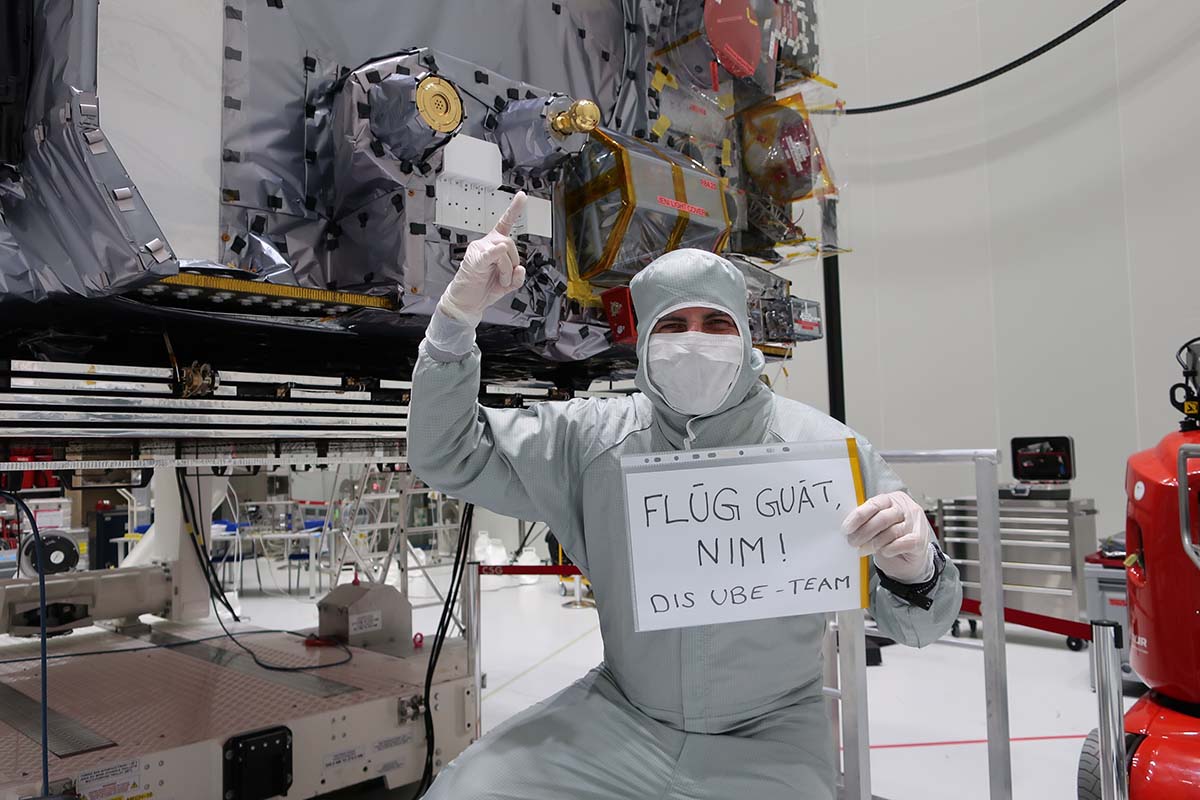
About the persons
Peter Wurz has been Professor at the Physics Institute of the University of Bern since 2008 and, together with Willy Benz and Nicolas Thomas, heads the Department of Space Research and Planetology (WP). After training as an electronics engineer, he studied technical physics at the Vienna University of Technology. He then worked as a postdoctoral fellow at the Argonne National Laboratory, Chicago. He has been working at the University of Bern since 1992. His work focuses on the origin and evolution of planets by measuring the chemical composition of the atmospheres and surfaces of planets.
Nicolas Thomas has been Professor at the Physics Institute of the University of Bern since 2003 and, together with Peter Wurz and Willy Benz, heads the Department of Space Research and Planetology (WP). He received his doctorate in 1986 from the University of York in Great Britain and subsequently worked at the Max Planck Institute for Aeronomy in Katlenburg-Lindau with stays at ESA's European Space Research and Technology Centre in Noordwijk and the University of Arizona in the USA. He is working on remote sensing instruments for the study of Mars, comets, and the Jupiter system. He is currently helping to plan a mission to Jupiter's volcanic moon Io.
Axel Murk has been head of the Department of Microwave Physics at the Institute of Applied Physics at the University of Bern since 2018. He studied physics at the Technical University of Munich and received his PhD from the University of Bern in 1999. Since then, he has been working there on the development of microwave radiometers for remote sensing of the atmosphere. In addition to the ground-based instruments the department operates in Switzerland and the Arctic, he is also involved in the development of terahertz receivers for various space missions. Currently, Axel Murk is Co-Investigator for the Submillimeter Wave Instrument SWI on ESA's Juice mission.
JUICE LAUNCH EVENT
With live stream from Kourou and space talks
Thursday, April 13, 1:00 to 4:00 p.m.
University of Bern, “Exakte Wissenschaften” building, Sidlerstrasse 5, 3012 Bern, lecture hall 099
The event will be held in German and French.
Series
The people behind Juice
This article is part of a series introducing the people at the University of Bern who are involved in the JUICE space mission.
From Vision to Mission
MEDIA RELEASE
The University of Bern is on board a mission to Jupiter
The European Space Agency ESA’s Juice space mission is scheduled to start its journey to Jupiter on April 13, 2023. Once arrived, one of the goals of Juice is to search for traces of life on three of Jupiter’s icy moons. The University of Bern is contributing the NIM mass spectrometer to the mission and is involved in two other instruments: the SWI Sub-millimeter Wave Instrument and the GALA Laser Altimeter.
BERN’S SPACE EXPLORATION: WITH THE WORLD’S ELITE SINCE THE FIRST MOON LANDING
When Buzz Aldrin, the second man to step out of the lunar module, did so on July 21, 1969, the first thing he did was to unfurl the Bernese solar wind sheet and plant it into the ground on the moon, even before the American flag. This Solar Wind Composition experiment (SWC), which was planned, built and analyzed by Prof. Dr. Johannes Geiss and his team from the Physics Institute of the University of Bern, was the first great highlight in the history of Bernese space exploration.
Bernese space research has been at the forefront of the world ever since: the University of Bern regularly participates in space missions led by major space organizations, such as ESA, NASA, and JAXA. With CHEOPS, the University of Bern shares responsibility with the ESA for an entire mission. Moreover, the Bernese researchers are among the world leaders when it comes to models and simulations on the formation and development of planets.
The successful work of the Space Research and Planetary Sciences division (WP) at the Physics Institute of the University of Bern has been strengthened by the foundation of a university center of excellence, the Center for Space and Habitability (CSH),. The Swiss National Science Foundation also awarded the University of Bern the National Centre of Competence in Research (NCCR) PlanetSwhich it leads jointly with the University of Geneva.
